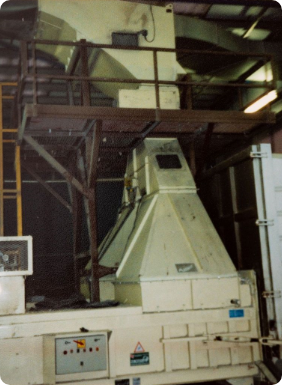Overview
The design phase of a project is relatively low cost because it is limited to the hours spent by a comparatively small design team, and any associated computers and software they need.
If done to an excessive level of detail, a design phase can potentially have an over long lead-time albeit at a low rate of cost.
Therefore, having an appropriate level of design maturity is key – particularly drawings because in 98% of cases, information on drawings defines what is to be made, or built, or delivered.
Although it is recognised a design commits material costs and labour, the actual spend on materials and labour doesn’t happen until reaching the procurement phase and beyond.
Once procurement starts, the cost commitments set by the design for both materials and labour increase dramatically.
It is therefore vital for bottom line profitability to be certain the right level of design definition is in place.
Doing so means the high cost phases of a project will be delivered in the most efficient manner – i.e. least time and hence least cost.
Ending the design phase too early increases the risk of procuring the wrong items – or wrong quantities – as well as having to do the missed design steps (which as already outlined can be long lead-time activites) during the high cost phases of the project. Ending the design phase to early causes a risk of project overspend and late delivery.
Design phases and project phases are given deeper consideration in a moment, but the main message is that understanding the true consequences of cost commitments of any given design, and identifying the right level of design maturity to proceed with the procurement and build phases, is not trivial.
Delivering design adequacy coupled with experience to identify the right level of detail is a key aspect of the service offered – to provide efficient designs of the right maturity in order to allow control of the higher cost phases of a project thus minimising overall project costs.
The various design phases needed to achieve adequate design definition, and the phases of the project as a whole, are discussed below but it should already be clear from the few paragraphs above that the least cost design philosophy is the one that has the right level of design information in place so that the high cost phases of a project are clearly defined and therefore can be controlled, delivered, and managed, with speed and efficiency.
Design Phases and Project Phases – A closer look.
As already outlined, it makes financial sense for profitability that a design definition is fit for purpose BEFORE the high cost project phases begin.
Doing so enables fast, accurate, and efficient construction, using minimal parts and materials without any wasted materials or labour.
A closer look at the various phases is easier to visualise when put in graph form.
INCOMPLETE – To Be Continued.
Completion notes.
1/ Concept 3D CAD model – Minimal detail, but enough overall info for the main stakeholders to approve the scope and project / design direction. (Any accompanying written docs to take shape too.)
2/ Intermediate 3D design – To give additional consideration to the most challenging aspects of a design. Evolve the 3D CAD model to give confidence the design can proceed. (Any accompanying written docs to continue.)
3/ Detail design – Bring the 3D CAD model to a point where manufacturing drawings could start. Don’t start yet as other factors still need consideration.
4/ Analyse the design for cost savings – Stakeholders to challenge if the design can have fewer unique parts by using parts that are made to be common. A simple example is threaded fsteners – why have 8 different sizes in the design when 4 sizes would do. Identify other economies of scale too such as procuring all bought parts from a single supplier. An example might be motors, motor controllers, and other electrical parts, where a decision is taken to use items from a single manufacturer if possible.
5/ Analyse the design for strength and reliability – Undertake strength and stress analysis where needed.
6/ Complete all the 2D drawing work. Manufacturing detail drawings, and assembly / installation drawings.
7/ Undertake parts ordering for the relevant items, both for bought and manufactured parts – This is the point at which costs escalate very quickly. If any design work in steps 1 to 5 needs to be revisted (or done for the first time) after procurement is under way, it will be during the high cost part of the project, and puts delivery timeframes and costs at risk, because design can be a time consuming activity…
Lastly, to give a visual reference to what’s described, add graphical representations of these phases 1 to 7, showing cost impacts represented by the area under the cost curve. Doing design work in the high cost phases of the project is devastating for both costs, and achieving a timely delivey.


